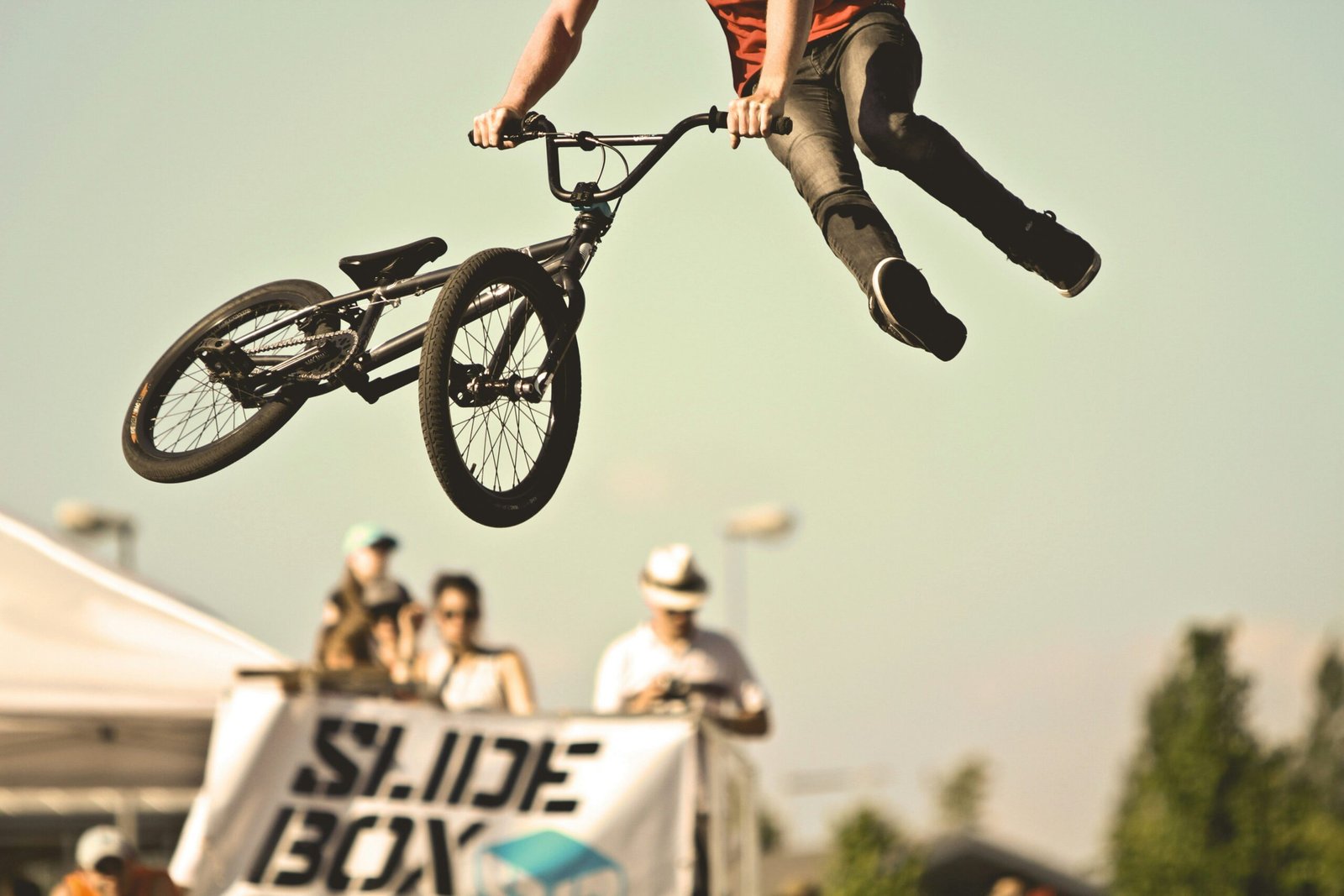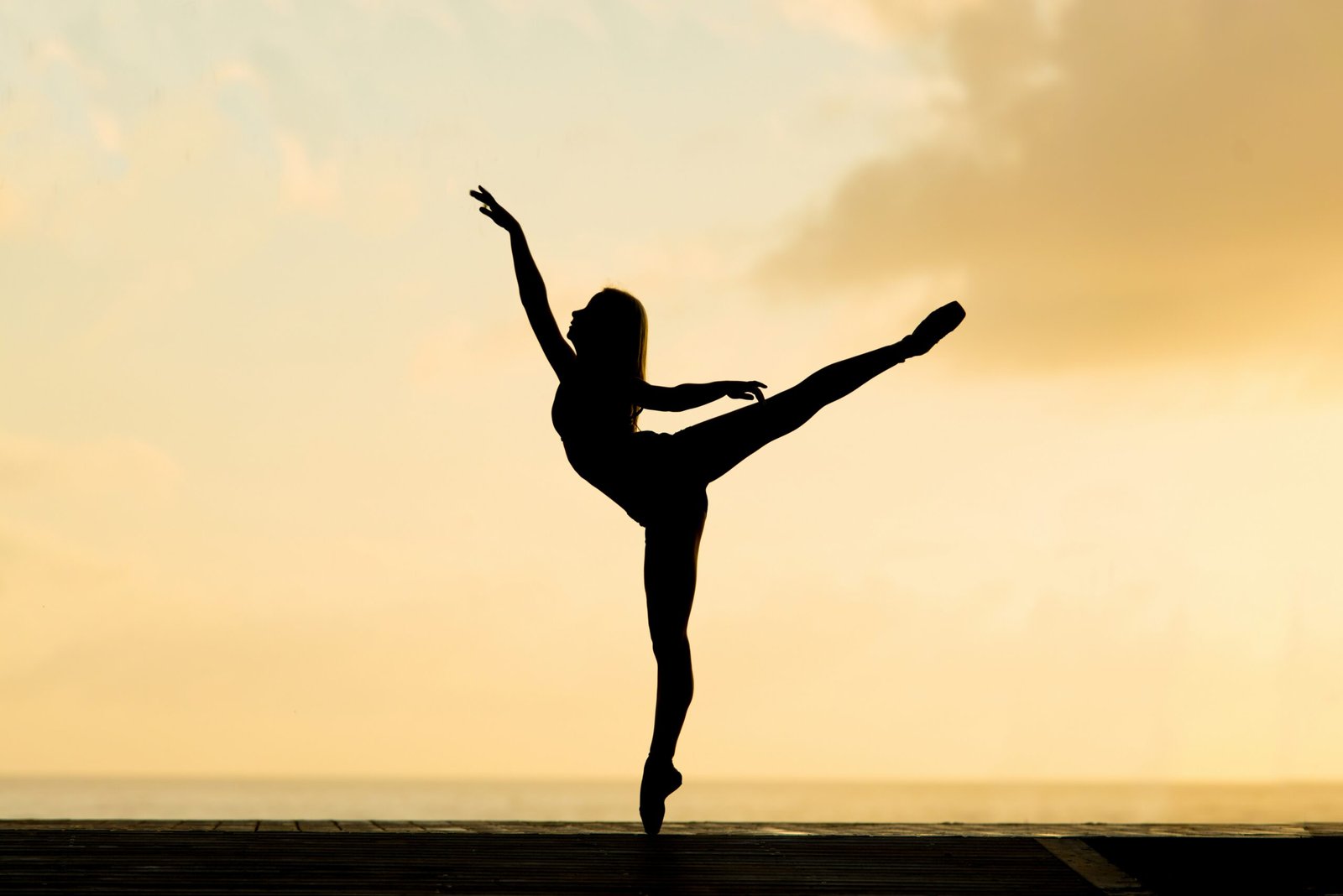
BMX Freestyle, also known as BMX Stunt Riding, has come a long way since its humble beginnings in the streets of California in the 1970s. Originally, BMX bikes were designed for off-road racing, but riders soon began experimenting with tricks and stunts, pushing the boundaries of what was possible on a bike. This led to the birth of BMX Freestyle, a discipline that focuses on performing tricks and jumps on a variety of obstacles such as ramps, rails, and halfpipes.
Over the years, BMX Freestyle has evolved into a highly technical and creative sport, attracting a dedicated community of riders and fans around the world. The sport is characterized by its fast-paced, high-flying action, with riders executing a wide range of tricks that require a combination of skill, balance, and fearlessness. From flips and spins to grinds and manuals, BMX Freestyle offers a seemingly endless array of possibilities for riders to showcase their talent and creativity.
In order to ensure fair competition and safety, BMX Freestyle has established a set of rules and regulations that govern the sport. The International Cycling Union (UCI) is the governing body for BMX Freestyle, responsible for setting the standards and guidelines for competitions at all levels, including the Olympic Games. These rules outline the criteria for judging, the scoring system, and the types of tricks that are eligible for points.
With its inclusion in the 2024 Olympic Games, BMX Freestyle is set to reach new heights of popularity and exposure. The Olympic platform provides an unprecedented opportunity for athletes to showcase their skills on a global stage, attracting a wider audience and inspiring a new generation of riders. The addition of BMX Freestyle to the Olympic program also highlights the growing recognition and acceptance of extreme sports as legitimate disciplines that require dedication, discipline, and athleticism.
Furthermore, the inclusion of BMX Freestyle in the Olympic Games has the potential to leave a lasting impact on the sport itself. As more resources and attention are directed towards BMX Freestyle, we can expect to see advancements in equipment, training methods, and overall professionalism within the sport. This, in turn, will raise the level of competition and push riders to continually push the boundaries of what is possible on a bike.
In conclusion, the inclusion of BMX Freestyle in the 2024 Olympic Games is a milestone for the sport and a testament to its growth and popularity. As athletes prepare to compete on the Olympic stage, the world will witness the thrilling spectacle of BMX Freestyle and its unique blend of athleticism and artistry. Whether you are a long-time fan or new to the sport, the Olympic Games will undoubtedly be an exciting time to celebrate the incredible talents of BMX Freestyle riders from around the world.
A Brief History of BMX Freestyle
Bicycle Motocross (BMX) originated in the 1960s in southern California, where young riders began racing their bikes on dirt tracks. Over time, riders started performing tricks and stunts on their bikes, giving birth to BMX Freestyle. The sport gained popularity in the 1980s and has since evolved into a highly technical and visually captivating discipline.
BMX Freestyle is characterized by riders performing a variety of tricks and maneuvers on ramps, rails, and other obstacles. It combines elements of street riding, park riding, and dirt jumping, allowing riders to showcase their skills and creativity in different environments.
As the sport grew in popularity, BMX Freestyle competitions started to emerge. These events provided a platform for riders to compete against each other and showcase their abilities to a wider audience. The competitions became more elaborate, with riders pushing the boundaries of what was possible on a BMX bike.
One of the major milestones in the history of BMX Freestyle was the introduction of the X Games in 1995. This annual extreme sports event brought together the best riders from around the world to compete in various disciplines, including BMX Freestyle. The X Games provided a global stage for riders to showcase their skills and helped elevate the sport to new heights.
Over the years, BMX Freestyle has continued to evolve, with riders constantly pushing the limits of what can be done on a bike. New tricks are invented, and existing tricks are taken to new heights. The progression of the sport is fueled by the dedication and creativity of the riders, as well as advancements in bike technology.
Today, BMX Freestyle is recognized as an official discipline by various organizations, including the International Olympic Committee (IOC). In 2020, BMX Freestyle made its debut at the Summer Olympics in Tokyo, further cementing its status as a legitimate sport.
Despite its growth and recognition, BMX Freestyle remains deeply rooted in its rebellious and counterculture origins. It continues to attract riders who are drawn to the adrenaline rush and the freedom of expression that the sport offers. Whether it’s riding in a local skatepark or competing on the global stage, BMX Freestyle continues to captivate audiences and inspire a new generation of riders.
The Rules and Regulations of BMX Freestyle
BMX Freestyle is governed by the Union Cycliste Internationale (UCI), the international governing body for cycling. The UCI sets the rules and regulations for all Olympic cycling disciplines, including BMX Freestyle.
In a BMX Freestyle competition, riders are judged on their execution, difficulty, variety, and originality of tricks. They are given a set amount of time to perform their routine, typically between 60 and 90 seconds. The judges assign scores based on the quality of each trick and the overall performance of the rider.
There are different types of BMX Freestyle competitions, including park, street, and vert. In park competitions, riders perform tricks on a course consisting of ramps, quarter pipes, and other obstacles. Street competitions take place on urban environments, with riders utilizing stairs, rails, and ledges for their tricks. Vert competitions are held on a halfpipe, where riders perform aerial tricks.
Each type of competition has its own specific rules and guidelines. For example, in park competitions, riders are expected to incorporate a variety of tricks and use the entire course to showcase their skills. They are judged on their ability to flow seamlessly from one obstacle to another and their creativity in utilizing the available features.
Street competitions, on the other hand, focus more on the urban environment and the rider’s ability to adapt and utilize the surroundings. Riders are expected to demonstrate technical skills, such as grinding on rails or performing complex maneuvers on stairs. Judges look for originality and style in the execution of tricks, as well as the ability to link them together in a cohesive run.
Vert competitions are centered around the halfpipe, a U-shaped ramp that allows riders to gain height and perform aerial tricks. Riders are judged on the difficulty and execution of their tricks, as well as their ability to maintain speed and flow throughout their run. The height and amplitude of the tricks play a significant role in the scoring process, with judges rewarding riders who push the boundaries of what is possible on the ramp.
In addition to the specific rules for each type of competition, there are also general guidelines that apply to all BMX Freestyle events. Safety is of paramount importance, and riders are required to wear helmets and other protective gear. They must also adhere to the UCI’s code of conduct, which promotes fair play and sportsmanship.
Overall, BMX Freestyle competitions are a thrilling display of skill, creativity, and athleticism. The rules and regulations set by the UCI ensure that the sport is conducted in a fair and safe manner, while also allowing riders to push the boundaries of what is possible on a bike. Whether it’s the high-flying aerial tricks of vert, the technical precision of street, or the flowing lines of park, BMX Freestyle offers something for everyone to enjoy.
The Impact of BMX Freestyle in the Olympic Games
The inclusion of BMX Freestyle in the Olympic Games has several positive implications for the sport. Firstly, it provides a platform for BMX Freestyle athletes to showcase their talent on a global stage. The Olympics attract a massive audience, and being part of such a prestigious event can help elevate the profile of the sport and its athletes.
Secondly, the Olympic Games can inspire a new generation of riders to take up BMX Freestyle. The exposure and visibility that the Olympics provide can spark interest in the sport among young athletes, leading to increased participation and growth in the BMX Freestyle community. As more young riders are drawn to the sport, there is a potential for the talent pool to expand, resulting in higher levels of competition and innovation within the discipline.
Furthermore, the inclusion of BMX Freestyle in the Olympic Games can have a positive impact on the infrastructure and facilities available for the sport. Host cities will need to invest in building or upgrading BMX Freestyle parks and venues, leaving a lasting legacy for the local riding community. This investment in infrastructure not only benefits the Olympic Games but also provides opportunities for riders beyond the event. The improved facilities can attract more riders to the sport and create a thriving local BMX scene.
Additionally, the Olympic recognition of BMX Freestyle can lead to increased sponsorship opportunities for athletes and the sport as a whole. Companies and brands are more likely to invest in BMX Freestyle when it is associated with the Olympic Games, providing financial support for athletes and contributing to the overall development of the sport. This influx of sponsorship can help athletes access better training resources, equipment, and coaching, ultimately raising the level of competition in the sport.
Moreover, the inclusion of BMX Freestyle in the Olympic Games can have a positive impact on the perception of the sport. As it becomes an Olympic discipline, BMX Freestyle gains credibility and legitimacy in the eyes of the general public. This increased recognition can help dispel any misconceptions about the sport and highlight its athleticism, creativity, and technical skill. It can also encourage more media coverage and mainstream attention, further promoting the sport and its athletes.
In conclusion, the inclusion of BMX Freestyle in the Olympic Games has far-reaching effects on the sport. From providing a global platform for athletes to inspiring the next generation of riders, improving infrastructure, increasing sponsorship opportunities, and enhancing the sport’s perception, the Olympic recognition of BMX Freestyle has the potential to propel the sport to new heights.




